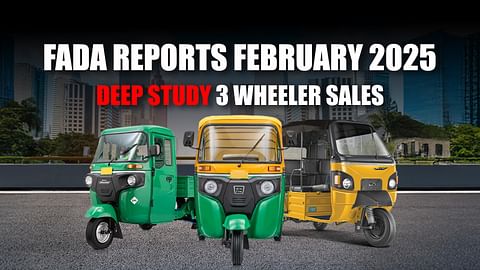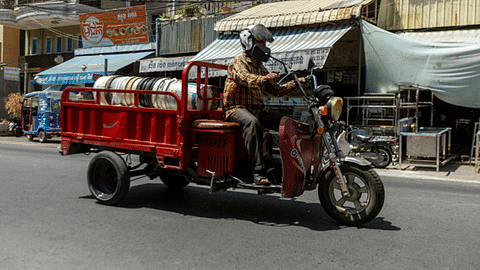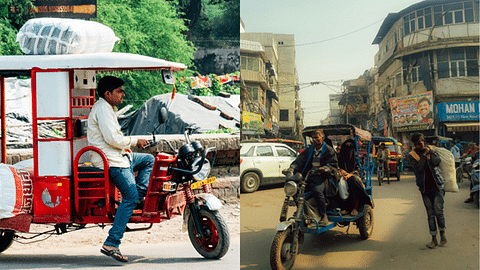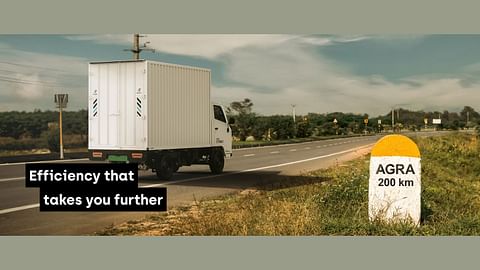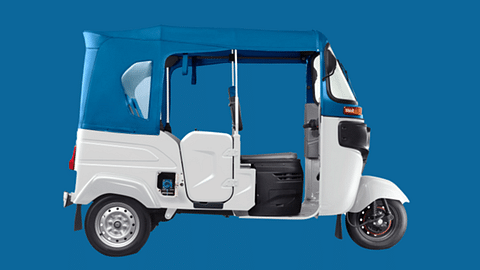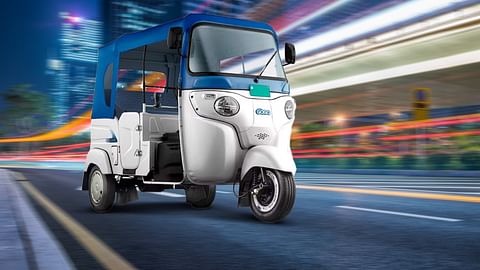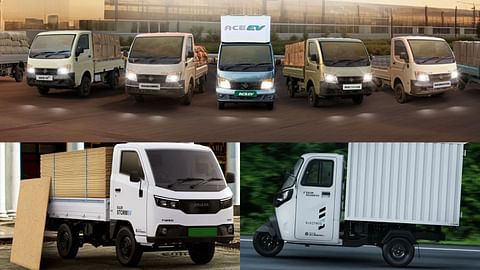India Develops First-Ever Indigenous Charging Standard for Electric Two and Three-Wheelers

India has marked a significant milestone by creating the world's first-ever AC and DC combined charging connector standard for light electric vehicles (LEVs). It includes two and three-wheelers, as well as micro cars. This groundbreaking achievement is designed and engineered within the country, showcasing India's commitment to sustainable mobility.
The combined effort of Department of Science and Technology, NITI Aayog, electric vehicle manufacturers, the Automotive Research Association of India (ARAI), and the Bureau of Indian Standards resulted in this new invention. The goal was to establish a national standard that combines AC and DC charging capabilities for LEVs. While primarily benefiting India's LEVs, if adopted globally, this unified charging system has the potential to enhance and make charging more efficient for LEVs worldwide.
This standardized charging system offers advantages not only for EV owners but also for charging point operators and manufacturers. B V R Subrahmanyam, CEO of NITI Aayog, emphasized the importance of this combined charging standard in achieving India's EV targets. He noted that over 75% of new vehicles sold in India are two or three-wheelers, making this standard particularly impactful in the Indian vehicle market. The collaboration between government bodies and private sector OEMs has paved the way for this innovative solution.
The leadership view
Subrahmanyam expressed, "This is a unique global innovation that has been indigenously developed by BIS. It facilitates both AC (slow) and DC (fast) charging from the same service point/station and has enormous potential for adoption and proliferation of Electric Mobility. This is also a fine example of what we can achieve when good policy, innovation, and enterprise come together to guide the country in the right direction. We expect the new standard to be one of the most helpful factors in making India a global player in the clean mobility space."
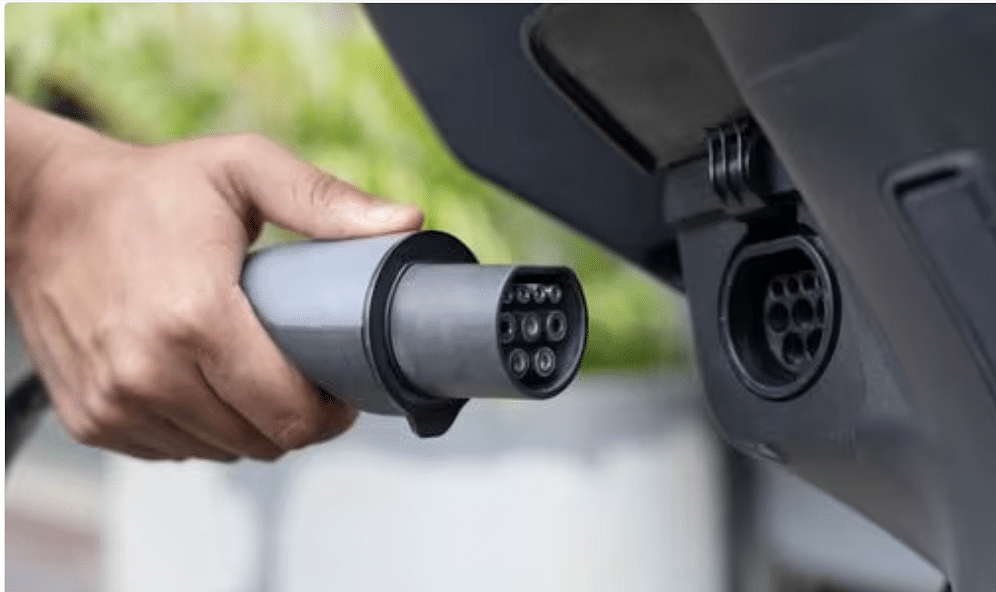
Swapnil Jain, Founder of Ather Energy stated, "As a country, we have come a long way because we are no longer dependent on any EV technology transfer from outside India to create something that has a worldwide market. This could well be the tipping point that catapults India into a global league of technology-based solution providers in the EV-automobile sector that only a few countries in the world are capable of."
Also Read: Yamaha To Showcase Electric Three-Wheeler And A Hydrogen-Powered Dune Buggy At Tokyo Motor Show
Niranjan Gupta, CEO of Hero Motocorp, recognized this homegrown connector standard as a breakthrough for India's EV industry. This development will not only promote 'Make in India' but also 'Innovate in India and Make for the World.' This achievement serves as a major step in the light electric vehicle category.
This newly introduced, cost-effective combined charging connector for LEVs is a remarkable initiative. It makes charging more feasible and accessible for two and three-wheeled vehicles, eliminating the need for expensive four-wheeler charging stations. This standard not only reduces the cost of slow and fast charging but also supports an interoperable network for charging. Customers will no longer have to carry heavy chargers with their vehicles, simplifying the charging process electric vehicles in India.
Subscribe our social media Channels for Industry Updates:
Youtube: https://www.youtube.com/@91Trucks
Facebook: https://www.facebook.com/91Trucks
Instagram: https://www.instagram.com/91Trucks/
Twitter: https://twitter.com/91Trucks
नवीनतम Three Wheeler समाचार
सभी Three Wheeler समाचार देखेंनवीनतम समाचार
- February 2025 Three-Wheeler Commercial Vehicle Sales Report: FADA Insights
- दिल्ली की ई-रिक्शा पहेली: परिवहन जीवनरेखा या यातायात संकट?
- Delhi’s E-Rickshaw Puzzle: A Transport Lifeline or a Traffic Menace?
- Bajaj Auto Launches ‘GoGo’ Electric Autos – A Game Changer in India's EV Sector
- क्या मिनी-ट्रक भारत की लास्ट-माइल डिलीवरी में थ्री-व्हीलर्स को पीछे छोड़ रहे हैं?
- बजाज थ्री-व्हीलर्स की खोज: बेहतरीन मॉडल, कीमतें और माइलेज की जानकारी
- बजाज ऑटो ने लॉन्च किए ‘GoGo’ इलेक्ट्रिक ऑटो – भारत के ईवी सेक्टर में बड़ा बदलाव
- Are Mini-Trucks Overtaking Three-Wheelers in India’s Last-Mile Delivery Race?
- Exploring Bajaj Three-Wheelers: The Best Models, Prices & Mileage Insights
- Top 10 Leading E-Rickshaw Brands India: Driving the Future of Green Mobility in India
लोकप्रिय तिपहिया वाहन ब्रांड
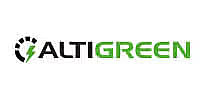 अल्टीग्रीन
अल्टीग्रीन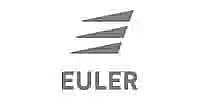 यूलर मोटर्स
यूलर मोटर्स महिंद्रा
महिंद्रा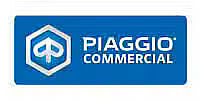 पियाजियो
पियाजियो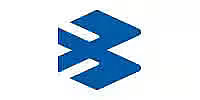 बजाज
बजाज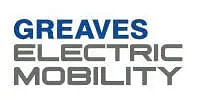 ग्रीव्स मोबिलिटी
ग्रीव्स मोबिलिटी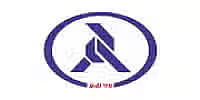 अटुल
अटुल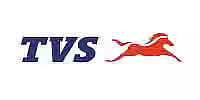 टीवीएस
टीवीएस ओमेगा सेइकी मोबिलिटी
ओमेगा सेइकी मोबिलिटी किनेटिक
किनेटिक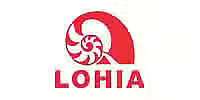 लोहिया
लोहिया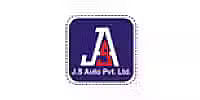 जेएसए
जेएसए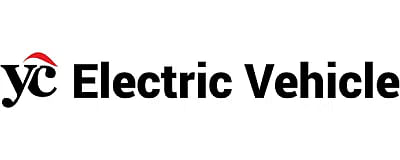 वाईसी इलेक्ट्रिक
वाईसी इलेक्ट्रिक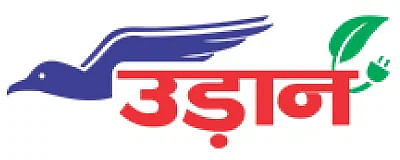 उड़ान
उड़ान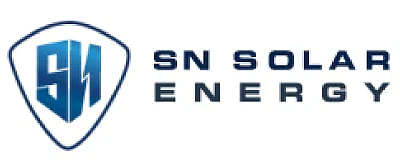 एसएन सोलर एनर्जी
एसएन सोलर एनर्जी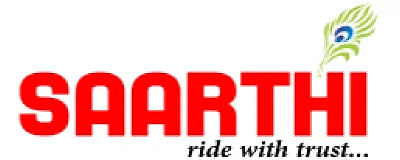 सारथी
सारथी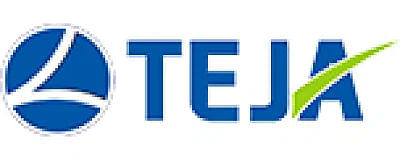 तेजा (ग्रीव्स के पावर से)
तेजा (ग्रीव्स के पावर से)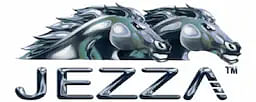 जेज़ा मोटर्स
जेज़ा मोटर्स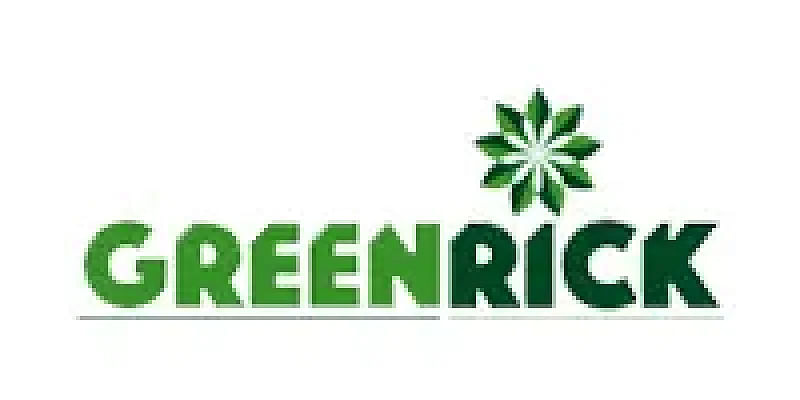 ग्रीनरिक
ग्रीनरिक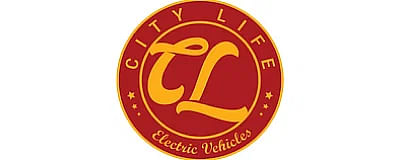 सिटी लाइफ इलेक्ट्रिक
सिटी लाइफ इलेक्ट्रिक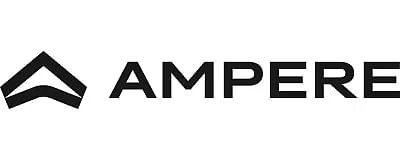 अम्पीयर
अम्पीयर बाबा इलेक्ट्रिक
बाबा इलेक्ट्रिक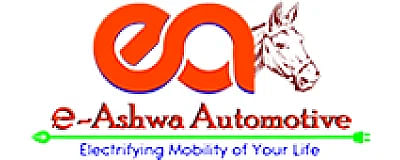 ई-आश्वा
ई-आश्वा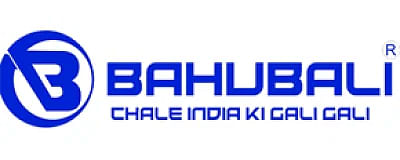 बाहुबली ई रिक्शा
बाहुबली ई रिक्शा डाबंग
डाबंग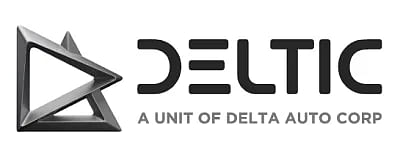 डेल्टिक
डेल्टिक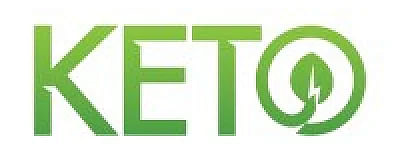 केटो मोटर्स
केटो मोटर्स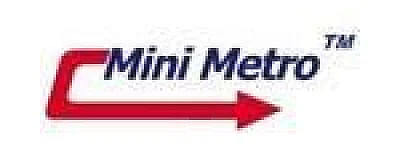 मिनी मेट्रो
मिनी मेट्रो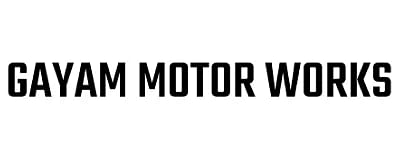 गयाम मोटर्स
गयाम मोटर्स जेम ईवी
जेम ईवी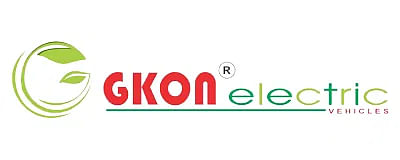 जीकॉन ऑटोमोटिव
जीकॉन ऑटोमोटिव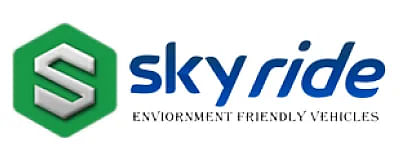 स्काईराइड
स्काईराइड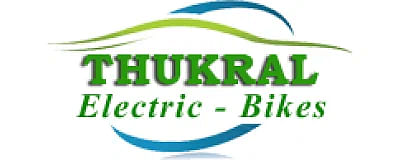 ठुकराल इलेक्ट्रिक
ठुकराल इलेक्ट्रिक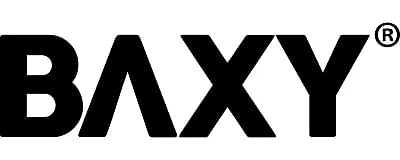 बैक्सी
बैक्सी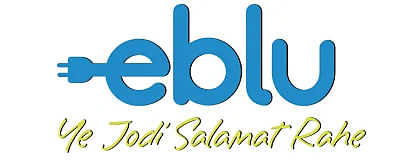 ईब्लू
ईब्लू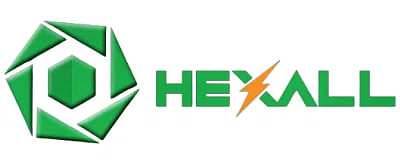 हेक्सॉल
हेक्सॉल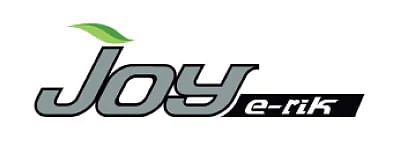 जॉय
जॉय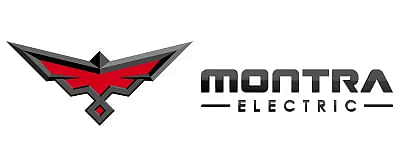 मोंट्रा
मोंट्रा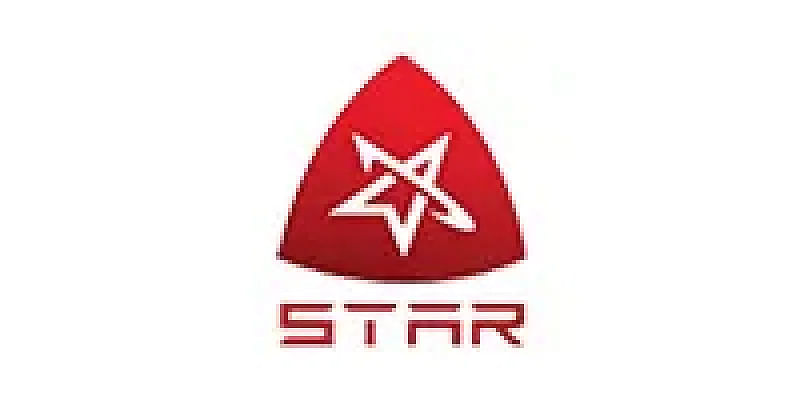 स्टार
स्टार डैंडेरा
डैंडेरा EKA
EKA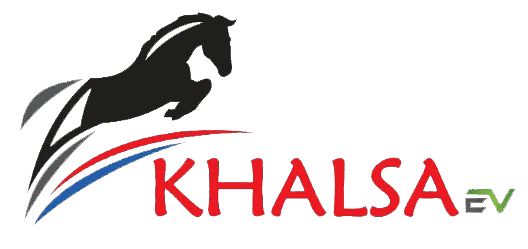 Khalsa
Khalsa Hero
Hero
91trucks एक तेजी से बढ़ता डिजिटल प्लेटफॉर्म है जो वाणिज्यिक वाहन उद्योग से संबंधित नवीनतम अपडेट और जानकारी प्रदान करता है।
